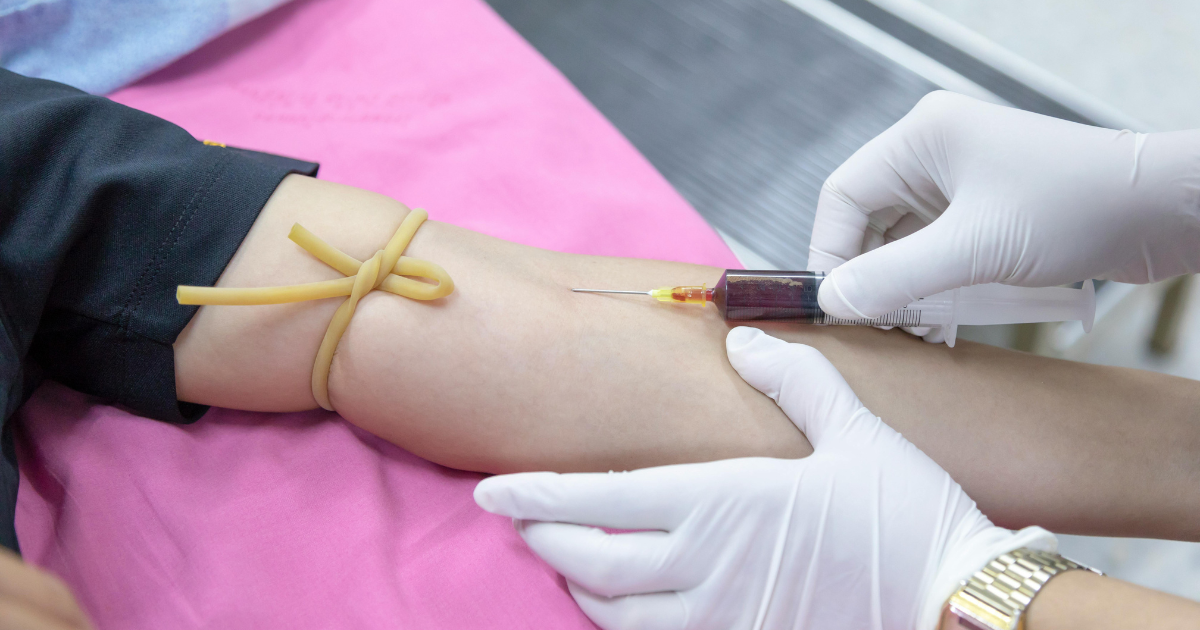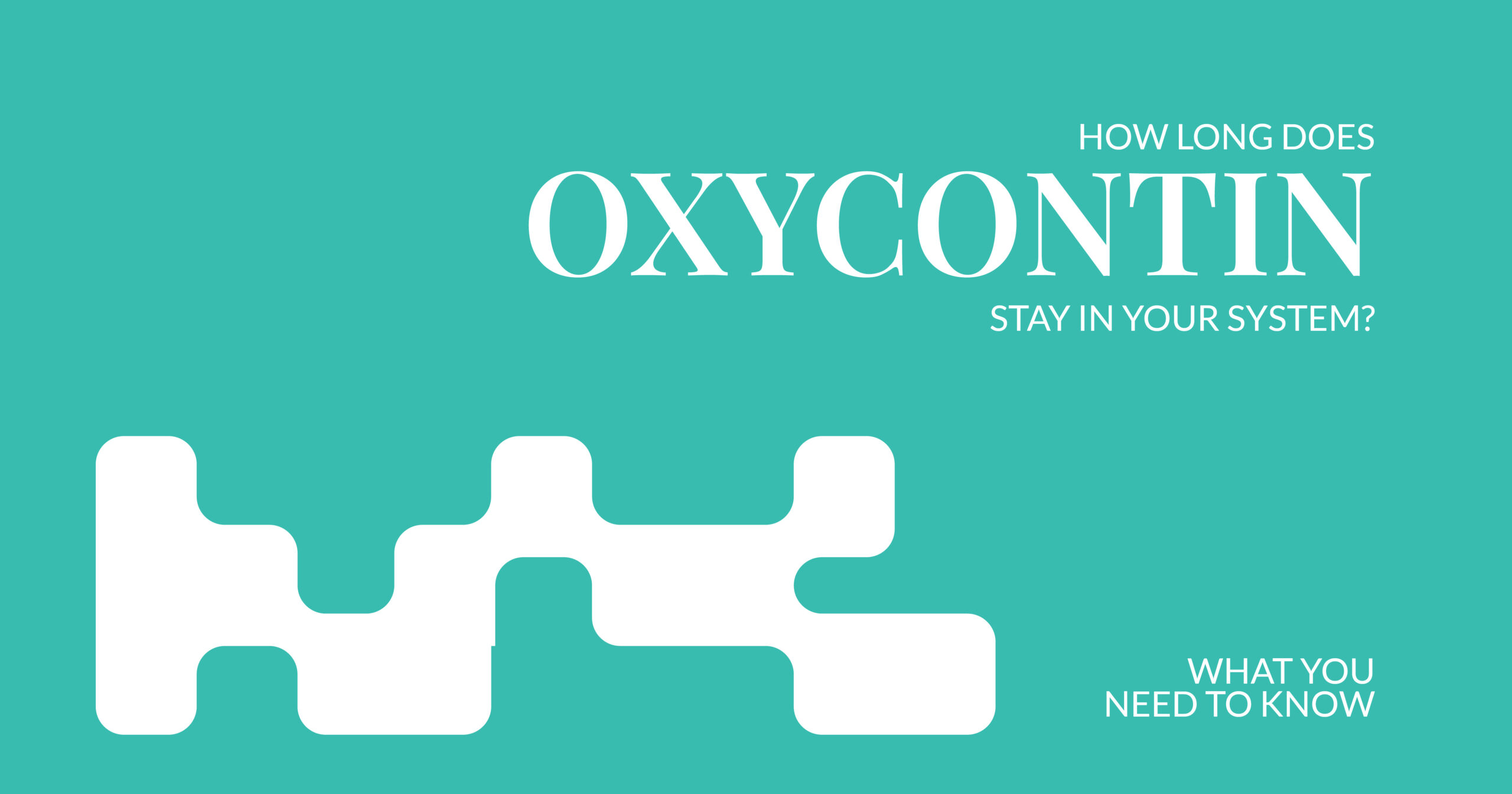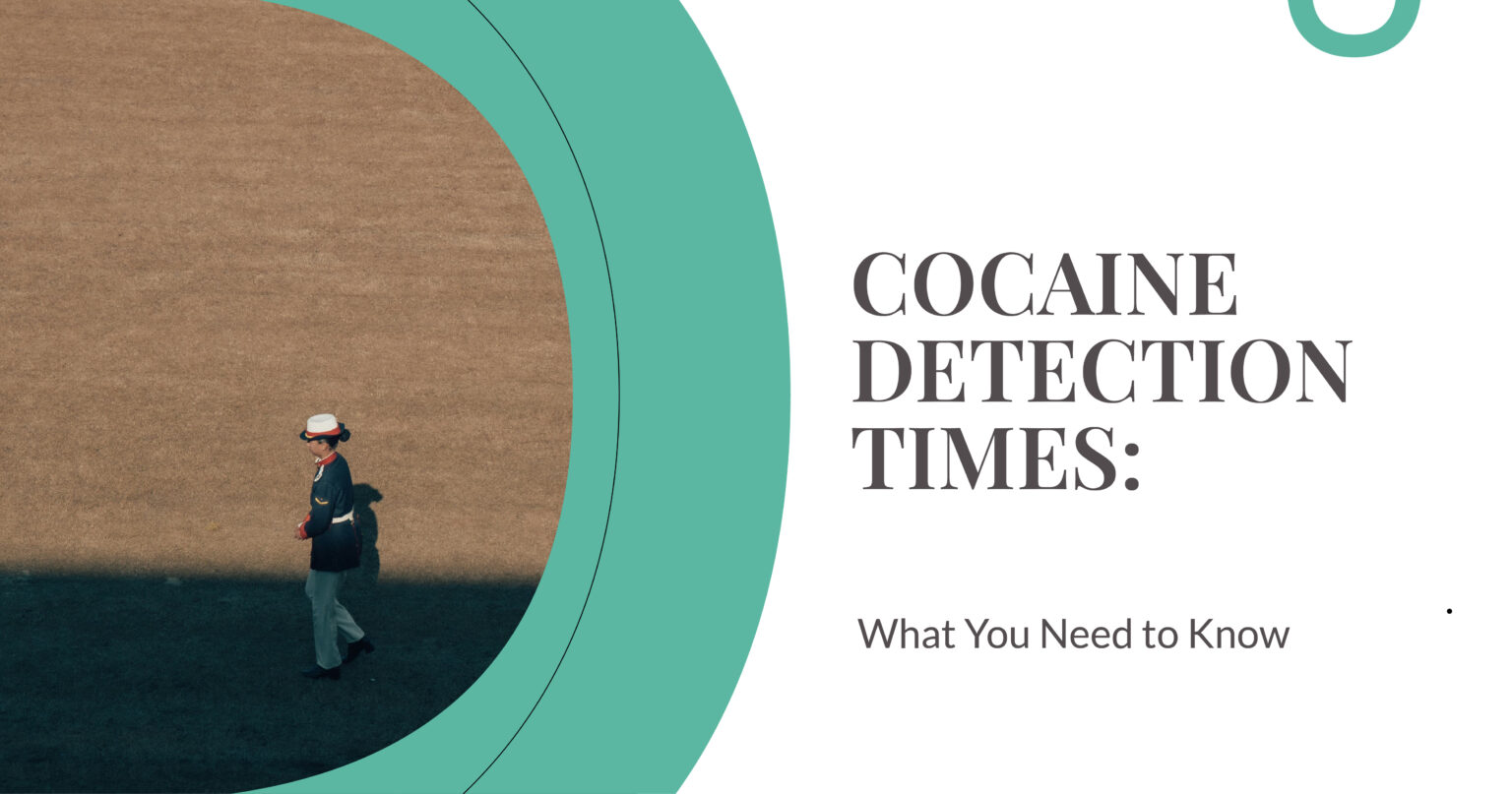The notification lights up your phone at 11:47 PM, and it says, “Mandatory drug screening Monday 8 AM.” Your heart skipped a beat three weeks ago after that horrific car accident. OxyContin was your lifeline, the only thing between you and screaming pain that made breathing feel impossible. Your brain keeps asking you, “How long does OxyContin stay in your system”?
Your mind might loop through worst-case scenarios like losing your job, explaining to your kids why mom can not buy groceries, and facing judgment from people who have never felt pain, which makes you question everything. The internet has plenty of clinical answers, but you need to understand a situation you never chose and never wanted.
Factors Affecting How Long OxyContin Stays in Your System
Several factors influence how long OxyContin stays in your body:
- Body Fat. OxyContin is a fat-soluble drug, meaning it can linger longer in people with higher body fat percentages.
- Metabolism. Your genetic makeup affects how fast your liver enzymes process the drug. Some people metabolize OxyContin quickly, while others take longer.
- Health Conditions. Kidney or liver problems slow down how your body clears the medication, leading to longer detection times.
- Lifestyle Factors. Poor sleep, dehydration, and chronic stress can impact how efficiently your body processes substances.
- Age and Weight. Older adults or those with higher body mass may retain the drug longer due to slower metabolism or increased fat storage.
OxyContin Detection Windows for Different Drug Tests
Nobody wants to become an expert in drug testing, but here you are, needing to understand opioid detection methods that could change everything.
Urine Test
One-time use after surgery, with a detection period of 1–3 days. But if you have been managing chronic pain for months, that window stretches to 4–7 days, and sometimes longer.

Blood Test
Blood tests detect changes that have occurred within the past 12–24 hours, making them less threatening for most situations. Doctors often use these in hospitals when they need to know what’s happening right now, not what happened last week.
Saliva Test
Generally, employers prefer saliva tests that detect OxyContin for 1-4 days. Such tests do not deter patients from privacy concerns or specialized test areas. All it requires is you, a technician, and a cotton swab that determines the test results.
Hair Follicle Test
Your hair follicle test can help detect OxyContin use up to 90 days. Every dose gets permanently recorded in growing hair strands. Ironically, recent use within the past week often goes undetected. However, up to three months of use can still be detected.
The Half-Life of OxyContin and Its Impact on Detection Time
It takes approximately 4–5 hours for your body to eliminate the apparent half-life of OxyContin. Sounds simple, until you realize complete elimination takes 5–6 half-lives, meaning traces stay 22–30 hours after that final pill.
This explains that the answer to “How long does OxyContin stay in your system?” is not just about when you last took it. Extended-release versions stay in your body longer because they’re made to control pain longer, even while you sleep.
Metabolism and OxyContin: What Influences Drug Processing
Inside your liver, microscopic enzymes battle OxyContin, transforming it into metabolites like noroxycodone and oxymorphone. These chemical traces are the evidence that drug tests look for. Your DNA predetermines whether you inherited fast or slow-metabolizing genes, affecting oxycodone excretion, over which you have no choice.
Daily medications complicate everything, blood pressure pills, antidepressants, even herbal supplements, all potentially accelerating or delaying the very process you need to happen quickly. Chronic exhaustion, poor nutrition, dehydration, and the realities of survival slow metabolic processes when you most need them to work efficiently.
The National Institute on Drug Abuse confirms these individual differences create vastly different outcomes from identical situations, proving this nightmare is not about personal weakness or moral failing.
Comparing OxyContin Retention with Other Opioids
OxyContin is somewhere in the middle when it comes to how long opioids stay in your system. It clears faster than long-acting medications like methadone, but may linger longer than immediate-release versions. Understanding these differences helps put your situation in perspective.
The Substance Abuse and Mental Health Services Administration provides comprehensive comparisons, helping you understand where OxyContin fits in the broader landscape of pain management and drug screening.
Learn More at Opus Health
Behind every drug test concern, there is always a story. Whether you are worried about legitimate prescription use, concerned about developing dependence, or caught between medical needs and employment requirements. You deserve support that effectively manages your whole situation.
Your story matters more than any test result. Connect with us at Opus Health to get treated by professionals who understand that healing involves much more than just clearing substances from your system.

FAQ’s
How does the half-life of OxyContin affect its detection in opioid drug screenings?
Your body holds on to OxyContin for about a day (22–30 hours after the last dose), sometimes longer, as it works to gently let go. You might feel completely fine, but drug tests can still catch it.
What factors influence the rate of oxycodone excretion in urine tests?
Your age, weight, and how often you have used it determine everything. If you are over 50 or managing chronic pain with regular doses, expect longer detection times. Your kidneys, hydration, and genetics all play roles you can not control.
How long can OxyContin be detected in saliva tests compared to blood tests?
Saliva tests work within 1-4 days, while blood tests only catch the last 12-24 hours. Saliva swabs at work can reveal your use from the last 1-4 days, and blood tests focus on whether you are impaired right now.
What is the typical duration OxyContin remains in your system for drug metabolism assessments?
For one-time use after surgery, expect 1–3 days of worry. For regular pain management, expect 4–7 days of sleepless nights.
How accurate are blood tests in detecting OxyContin during opioid drug screenings?
Blood tests are accurate for the past 12–24 hours, but focus on active impairment, not past medical decisions. They are your best friend if you took medication days ago for legitimate pain, but your worst enemy if you are currently affected when you should not be.




